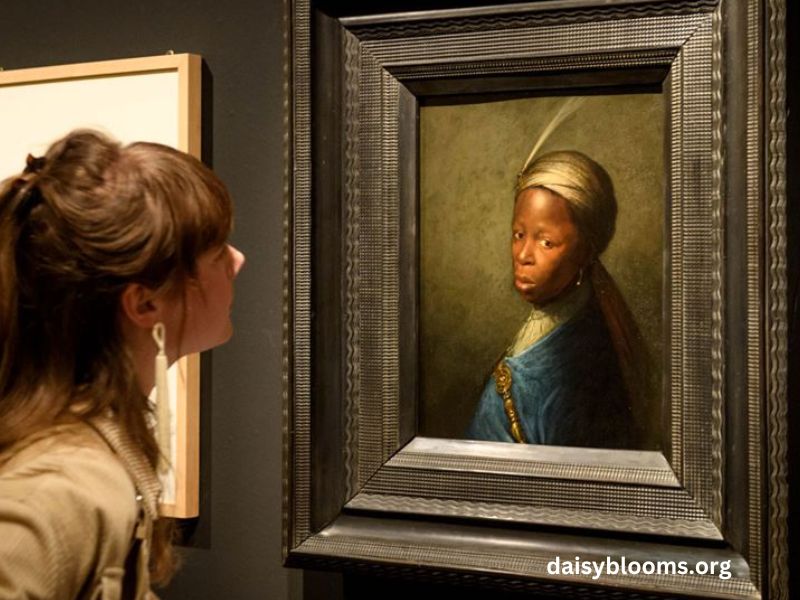he Dutch Golden Age, spanning the 17th century, was a period of unparalleled cultural, economic, and artistic prosperity in the Netherlands. Central to this era were the Dutch Golden Age painters, whose works have left an indelible mark on art history. Their masterpieces, characterized by realism, attention to detail, and innovative techniques, continue to captivate audiences worldwide.
Historical Context
The Dutch Golden Age emerged following the Eighty Years’ War (1568–1648), which led to the independence of the Dutch Republic from Spanish rule. This newfound autonomy fostered a climate of economic growth, scientific discovery, and religious tolerance. The flourishing trade, particularly through the Dutch East India Company, brought immense wealth, enabling a burgeoning middle class to patronize the arts. Unlike other European regions where the Church or aristocracy were primary art patrons, in the Netherlands, merchants and civic institutions became the main supporters of artists.
Distinctive Characteristics of Dutch Golden Age Painting
Dutch Golden Age painting is renowned for its diversity and specialization. Artists often focused on specific genres, leading to a rich variety of subjects:
- Portraiture: Capturing the likeness and status of individuals, families, and civic groups.
- Landscape Painting: Depicting the Dutch countryside, urban scenes, and seascapes with remarkable realism.
- Genre Scenes: Illustrating everyday life, from domestic interiors to lively tavern scenes.
- Still Life: Showcasing inanimate objects, often laden with symbolic meaning, emphasizing the transience of life.
- History Painting: Portraying biblical, mythological, or historical narratives, though less prevalent due to the Protestant aversion to religious imagery.
A hallmark of these paintings is the meticulous attention to detail and a focus on realism. Artists employed techniques that played with light and shadow, creating depth and a sense of immediacy. The use of chiaroscuro, influenced by Caravaggio’s tenebrism, became prominent, especially among the Utrecht Caravaggisti, a group of artists who adapted Caravaggio’s style to Dutch sensibilities.
Notable Dutch Golden Age Painters
-
Rembrandt van Rijn (1606–1669)
Perhaps the most famous of the Dutch Golden Age painters, Rembrandt is celebrated for his profound understanding of human emotion and masterful use of light and shadow. His works encompass portraits, self-portraits, biblical scenes, and innovative group portraits. Notable works include “The Night Watch,” “The Anatomy Lesson of Dr. Nicolaes Tulp,” and numerous self-portraits that chronicle his life and artistic evolution.
-
Johannes Vermeer (1632–1675)
Vermeer is renowned for his tranquil domestic interior scenes, capturing the serene beauty of everyday moments. His meticulous technique and use of light create compositions of exquisite clarity and harmony. Famous paintings include “Girl with a Pearl Earring,” “The Milkmaid,” and “View of Delft.”
-
Frans Hals (c. 1582–1666)
Hals was a master portraitist known for his lively and spontaneous brushwork. His portraits convey a sense of immediacy and vitality, capturing the character and spirit of his subjects. Significant works include “The Laughing Cavalier” and “Banquet of the Officers of the St. George Militia Company.”
-
Judith Leyster (1609–1660)
One of the few prominent female artists of the era, Leyster was known for her genre scenes and portraits. Her works often depict lively musicians and cheerful company, characterized by a free and spontaneous painting style. Notable works include “The Proposition” and “Self-Portrait,” which showcases her skill and confidence as an artist.
-
Jan Steen (c. 1626–1679)
Steen’s genre paintings are filled with humor and moral lessons, often depicting chaotic and lively scenes of Dutch life. His works serve as both entertainment and cautionary tales, reflecting on human behavior and societal norms. Famous paintings include “The Merry Family” and “The Feast of Saint Nicholas.”
-
Rachel Ruysch (1664–1750)
A prodigious still-life painter, Ruysch specialized in floral compositions. Her intricate and detailed paintings exhibit a deep understanding of botany and a remarkable ability to render textures and colors realistically. Notable works include “Flower Still Life” and “Fruit and Insects.”
Influence and Legacy
The innovations of Dutch Golden Age painters have had a lasting impact on the art world:
- Realism and Attention to Detail: Their commitment to depicting reality with precision influenced subsequent art movements, including Realism and Impressionism.
- Use of Light and Shadow: Techniques developed during this period informed the works of artists like Caravaggio and later Baroque painters.
- Genre Painting: The focus on everyday life paved the way for modern genres that explore ordinary subjects with depth and nuance.
- Art Market Dynamics: The Dutch art market’s structure, with its emphasis on middle-class patronage, foreshadowed contemporary art markets where a diverse clientele supports artists.
Conclusion
The Dutch Golden Age was a remarkable period that produced some of history’s most influential artists. Their dedication to realism, innovative techniques, and exploration of diverse subjects have left an enduring legacy that continues to inspire and captivate audiences around the world.


